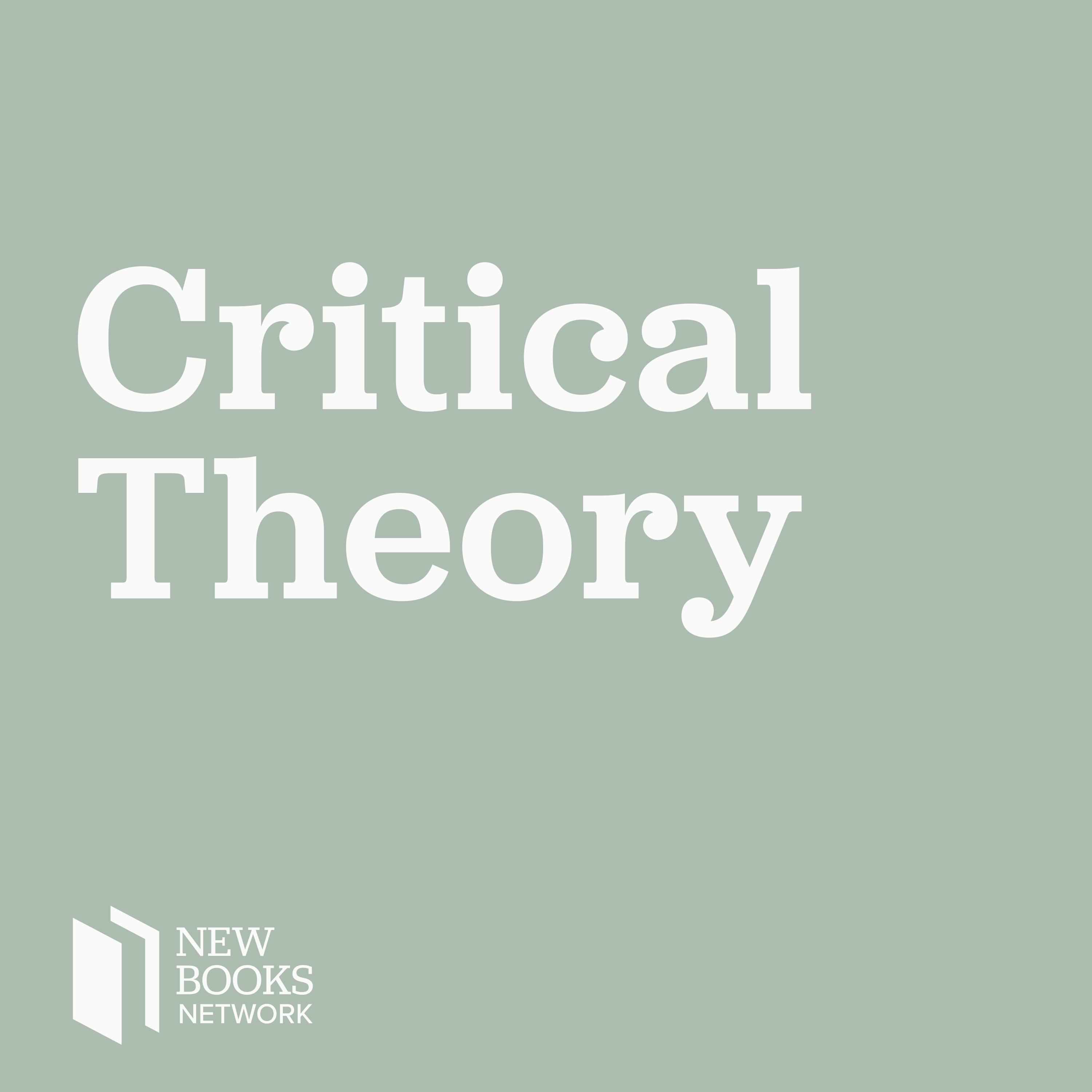
Daniel Steinmetz-Jenkins, "Did It Happen Here?: Perspectives on Fascism and America" (W. W. Norton, 2024)

New Books in Critical Theory
Deep Dive
Why did Daniel Steinmetz-Jenkins decide to compile the book 'Did It Happen Here?: Perspectives on Fascism and America'?
Daniel Steinmetz-Jenkins decided to compile the book to gather the major scholarly views on whether fascism has come to America, providing a resource for teaching and understanding the present through historical comparisons. He observed the debates on social media and felt a need for a balanced, pedagogical resource.
Why is the term 'fascism' considered a Rorschach test for understanding American society?
The term 'fascism' is considered a Rorschach test because it is hard to define and can be used to delegitimize political opponents. It reveals more about the user's biases and concerns than about the reality of the situation. Different scholars and perspectives interpret it in various ways, reflecting their own expertise and ultimate concerns.
What are some of the key features of fascism as described in the book?
Key features of fascism include anti-Marxism, anti-Bolshevism, anti-liberalism, a high value for violence, trust in authoritarian charismatic leaders, mass movements, and expansionist policies. These features were often associated with the fallout of World War I and the rise of mass movements in Europe.
Why do some scholars argue that Trump is not a fascist?
Some scholars argue that Trump is not a fascist because he lacks a mass movement of militarized citizens, does not self-identify as a fascist, and his followers do not positively identify as fascist. Additionally, Trump's movement has become more diverse, which contradicts the racial and xenophobic aspects typically associated with fascism.
How does the book situate Trump's rise in a global context?
The book situates Trump's rise in a global context of democratic backsliding and the rise of right-wing populism, comparing him to leaders like Modi in India, Putin in Russia, and Orban in Hungary. It explores whether these leaders are fascists and discusses the broader causes of the shift to the right, such as immigration, economic crises, and discontent with the liberal international order.
What is the significance of the diverse support Trump received in the 2020 election for the fascism debate?
The diverse support Trump received in the 2020 election, including gains among Latino and black male voters, is significant because it challenges the racial and xenophobic framing of fascism. This diversity suggests that Trump's movement is not solely a white supremacist movement, which is a key argument against the fascist label.
What are some of the essays in the book that are critical of the fascist interpretation of Trump?
Essays critical of the fascist interpretation include pieces by Victoria de Grazia, Daniel Bessner and Ben Burgess, and Samuel Moyn. These essays frame fascism as a rhetorical device, discuss the limitations of historical comparisons, and argue that the fascist label is not the best way to understand Trump's rise.
Why did the editor of the book ask Daniel Steinmetz-Jenkins to take a stand in his introduction?
The editor asked Daniel Steinmetz-Jenkins to take a stand in his introduction to provide a clear perspective amidst the myriad of scholarly views. Steinmetz-Jenkins ultimately took a deflationary stance, suggesting that the debate reveals more about the scholars' expertise and concerns than about the reality of fascism in America.
Shownotes Transcript
Today I’m speaking with Daniel Steinmetz-Jenkins about the new, edited volume, Did It Happen Here? Perspectives on Fascism and America)* *(W.W. Norton, 2024). Danny is Assistant Professor in the College of Social Studies at Wesleyan University and the steward of a fantastic interview series in The Nation magazine. *Did it Happen Here? *presents a snapshot of the fascism debate being waged on American campuses, in magazines, and on social media. The most recent iteration of the fascism debate began, as with many debates about the state of American politics, with the election of Donald Trump. Since his first term in 2016, speculation about the true nature of Trumpism has generated countless think-pieces and books. *Did It Happen Here? *is the definitive summary of the major scholarly views on whether fascism has come to America. As Danny puts it, “the fascism debate is Rorschach test for understanding what is truly ailing American society.”
Daniel Steinmetz-Jenkins is Assistant Professor in the College of Social Studies at Wesleyan University.
Caleb Zakarin is editor at the New Books Network.
Learn more about your ad choices. Visit megaphone.fm/adchoices)
Support our show by becoming a premium member! https://newbooksnetwork.supportingcast.fm/critical-theory)